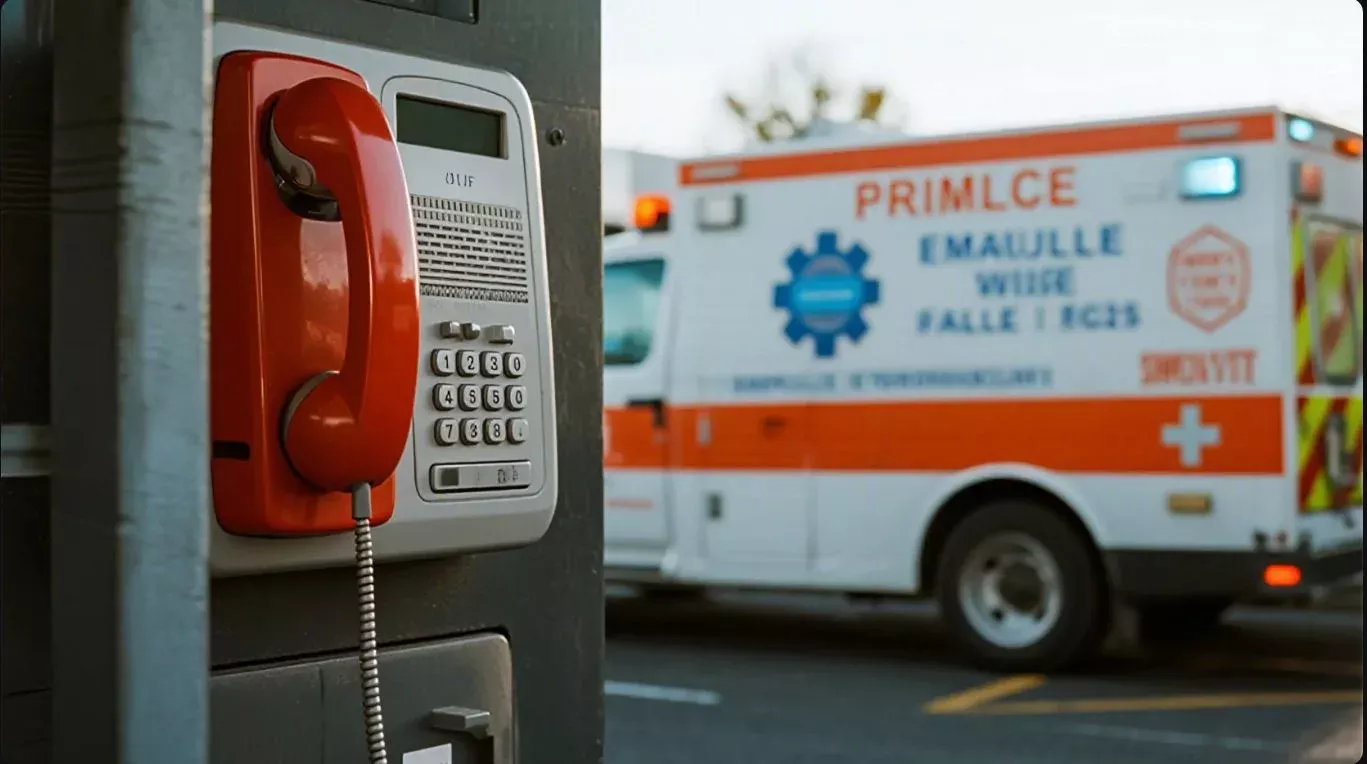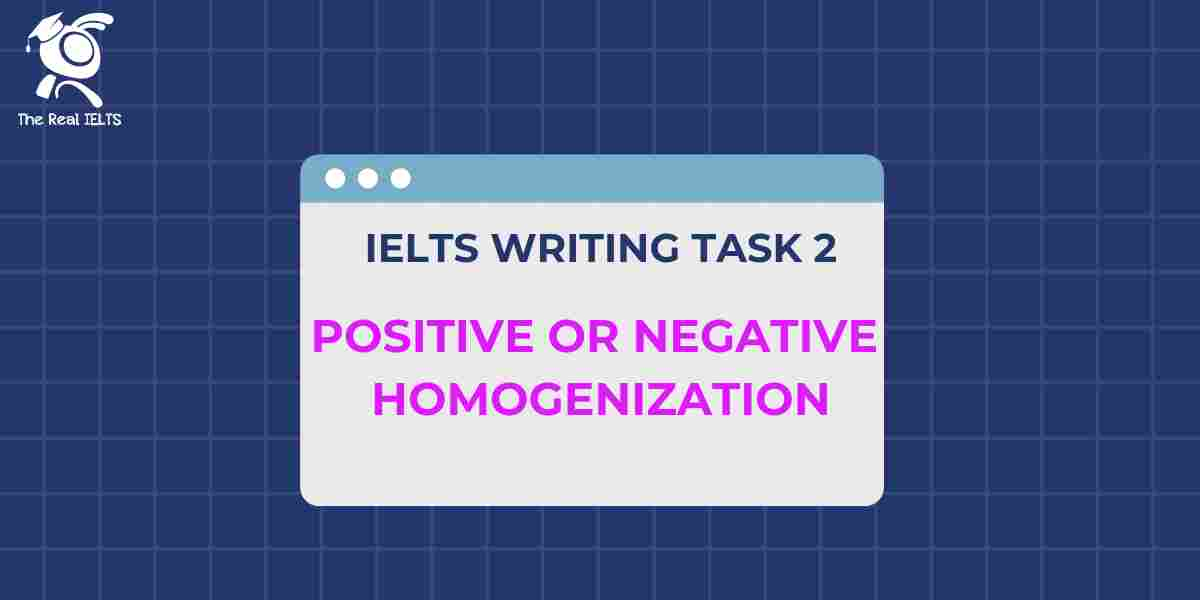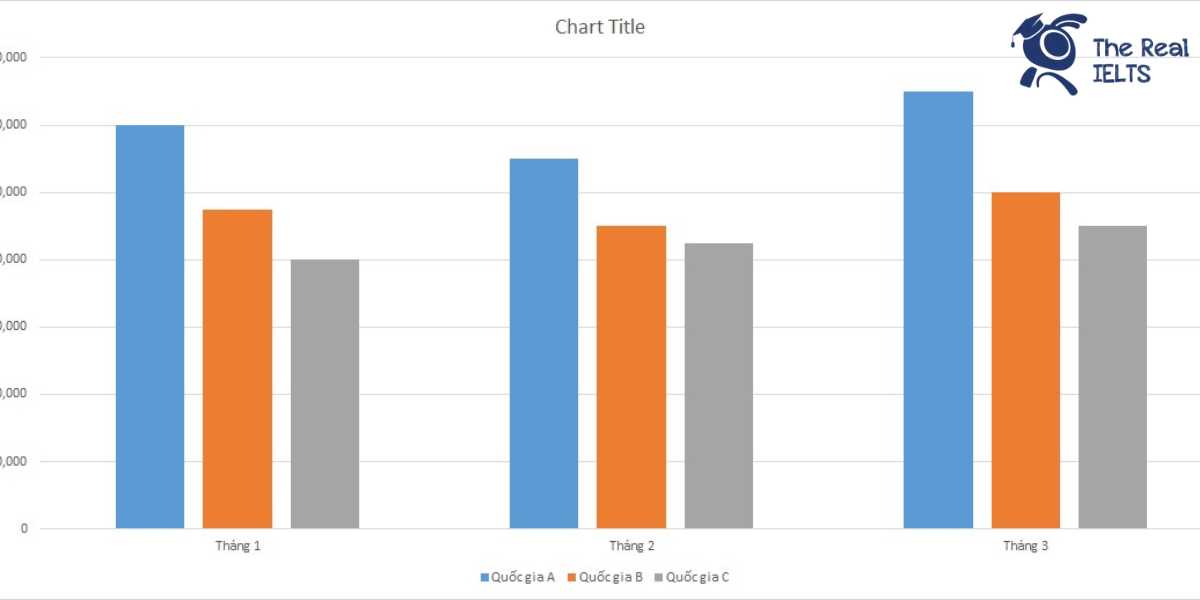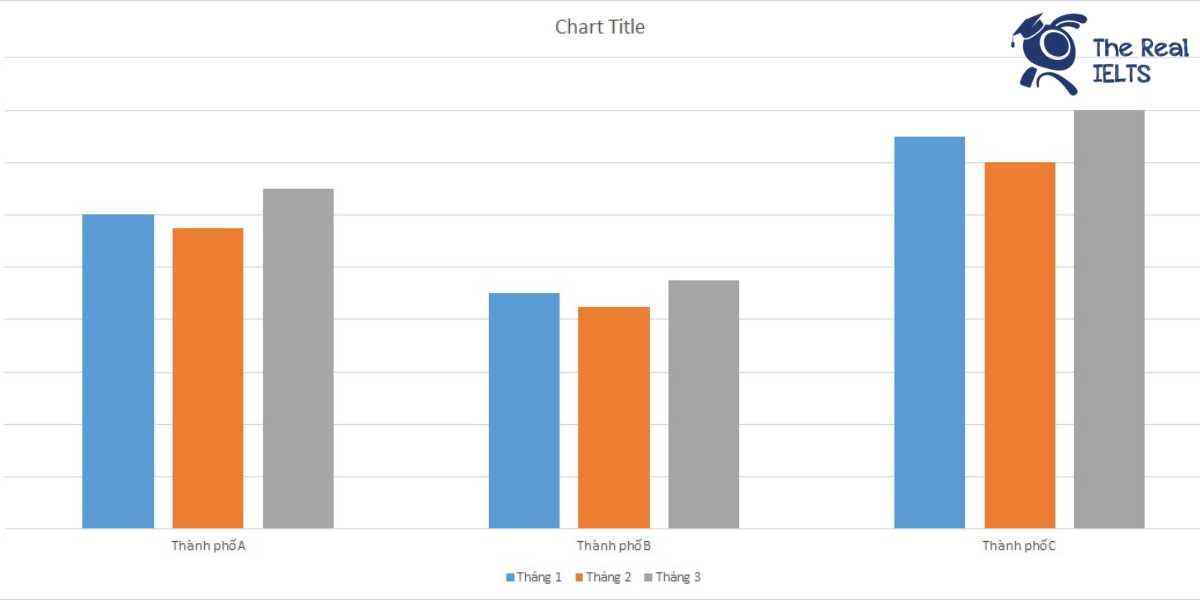100 ví dụ hỏi và trả lời về Gọi trợ giúp khẩn cấp
Đọc thêm: 101 Bài Tiếng Anh Giao Tiếp Cơ Bản Full
General Emergency Calls
- Q: How do I call for emergency help?
A: Dial the emergency number (e.g., 911 in the U.S., 999 in the UK, 112 in the EU) and state the type of help needed, like “I need an ambulance.” - Q: What is the first thing to say when calling emergency services?
A: Say, “This is an emergency. I need [ambulance/police/fire] at [address].” - Q: What information should I provide to the emergency dispatcher?
A: Give your name, location, the nature of the emergency, and any details about the situation or victim. - Q: What if I don’t know the exact address?
A: Describe landmarks, nearby streets, or use GPS coordinates to help the dispatcher find you. - Q: How do I stay calm during an emergency call?
A: Take deep breaths, speak slowly, and focus on giving clear, concise information. - Q: What is the emergency number in the United States?
A: The emergency number in the United States is 911. - Q: Should I stay on the phone with the dispatcher?
A: Yes, stay on the line until they tell you to hang up, as they may provide instructions or need more details. - Q: What if I don’t speak English fluently?
A: Use simple words, speak slowly, or ask for an interpreter, saying, “I need help in [language].” - Q: How do I know if it’s an emergency?
A: Call for help in life-threatening situations like severe injuries, fires, or crimes in progress. - Q: Can I call emergency services for someone else?
A: Yes, you can call for anyone who needs urgent help, even if it’s not for you.
Medical Emergencies
- Q: How do I call for an ambulance?
A: Dial 911 and say, “I need an ambulance at [address]. Someone is [describe condition].” - Q: What should I say if someone is having a heart attack?
A: Say, “Someone is having a heart attack at [address]. They have chest pain and are sweating.” - Q: How do I report a stroke to emergency services?
A: Say, “I need an ambulance. Someone is having a stroke at [location]. They have facial drooping.” - Q: What if someone is unconscious?
A: Say, “Someone is unconscious at [address]. They’re not breathing normally. Please send help.” - Q: How do I call for help if someone is choking?
A: Say, “I need an ambulance. Someone is choking at [location] and can’t breathe.” - Q: What should I say for severe bleeding?
A: Say, “Someone is bleeding heavily at [address]. Please send an ambulance now.” - Q: How do I request help for an allergic reaction?
A: Say, “I need an ambulance. Someone is having a severe allergic reaction at [location]. They’re swelling.” - Q: What if someone has a seizure?
A: Say, “Someone is having a seizure at [address]. They’re shaking. Please send an ambulance.” - Q: How do I call for help for a burn victim?
A: Say, “Someone has severe burns at [address]. Please send an ambulance immediately.” - Q: What should I say for a diabetic emergency?
A: Say, “I need an ambulance. Someone is in diabetic shock at [location]. They’re confused.”
Fire Emergencies
- Q: How do I call for the fire department?
A: Dial 911 and say, “I need the fire department. There’s a fire at [address].” - Q: What should I say if there’s a house fire?
A: Say, “There’s a fire in my house at [address]. People are inside. Please send help.” - Q: How do I report a wildfire?
A: Say, “There’s a wildfire near [location]. It’s spreading fast. Please send the fire department.” - Q: What if someone is trapped in a fire?
A: Say, “There’s a fire at [address]. Someone is trapped inside. Please send help now.” - Q: How do I describe a small fire to the dispatcher?
A: Say, “There’s a small fire at [address]. It’s in the kitchen. Please send the fire department.” - Q: What should I say for a car fire?
A: Say, “There’s a car on fire at [location]. Please send the fire department.” - Q: How do I report a chemical fire?
A: Say, “There’s a chemical fire at [address]. It’s dangerous. Please send help.” - Q: What if I see smoke but no flames?
A: Say, “I see smoke at [address] but no flames. Please send the fire department.” - Q: How do I call for help during a building fire?
A: Say, “There’s a fire in a building at [address]. People need help. Send the fire department.” - Q: What should I do while waiting for the fire department?
A: Evacuate, stay low to avoid smoke, and tell the dispatcher, “I’m outside and safe.”
Police Emergencies
- Q: How do I call the police for an emergency?
A: Dial 911 and say, “I need the police at [address]. There’s [describe situation, e.g., a robbery].” - Q: What should I say if I witness a crime?
A: Say, “I’m witnessing a crime at [location]. Please send the police.” - Q: How do I report a break-in?
A: Say, “Someone broke into my house at [address]. I need the police now.” - Q: What if someone is being attacked?
A: Say, “Someone is being attacked at [location]. Please send the police immediately.” - Q: How do I call for help during a domestic violence situation?
A: Say, “I need the police for a domestic violence situation at [address]. Someone is in danger.” - Q: What should I say for a car accident with injuries?
A: Say, “There’s a car accident at [location]. People are injured. Send police and an ambulance.” - Q: How do I report a missing person?
A: Say, “I need to report a missing person. They were last seen at [location].” - Q: What if I see a suspicious person?
A: Say, “There’s a suspicious person at [address]. Please send the police.” - Q: How do I call for help during a riot?
A: Say, “There’s a riot at [location]. It’s unsafe. Please send the police.” - Q: What should I say for a stolen vehicle?
A: Say, “My car was stolen at [address]. I need to report it to the police.”
Specific Situations
- Q: How do I call for help for a child in danger?
A: Say, “A child is in danger at [address]. Please send help immediately.” - Q: What should I say for a pregnant woman in distress?
A: Say, “A pregnant woman is in distress at [address]. She needs an ambulance.” - Q: How do I request help for an elderly person?
A: Say, “An elderly person needs help at [address]. They’re [describe condition].” - Q: What if someone is having a mental health crisis?
A: Say, “I need help for a mental health crisis at [location]. The person is a danger to themselves.” - Q: How do I call for a drug overdose?
A: Say, “Someone overdosed at [address]. They’re unresponsive. Please send an ambulance.” - Q: What should I say for a poisoning emergency?
A: Say, “Someone was poisoned at [address]. They’re vomiting. Send an ambulance.” - Q: How do I request help for a heatstroke?
A: Say, “Someone has heatstroke at [address]. They’re dizzy. Please send an ambulance.” - Q: What if someone is hypothermic?
A: Say, “Someone is hypothermic at [location]. They’re shivering. Send an ambulance.” - Q: How do I call for help in a rural area?
A: Say, “I need help in a rural area at [describe location]. Someone is [describe condition].” - Q: What should I say for a mass casualty incident?
A: Say, “There’s a mass casualty incident at [location]. Multiple people need help.”
Language and Communication
- Q: How do I say “emergency” clearly?
A: Say, “This is an emergency. I need help at [address].” - Q: What if I don’t know medical terms?
A: Use simple words like “can’t breathe,” “bleeding a lot,” or “not waking up.” - Q: How do I describe chest pain?
A: Say, “The person has severe chest pain and is sweating at [address].” - Q: What if I’m too nervous to speak?
A: Say, “I need help. Please send [service] to [address].” - Q: How do I ask for help in a foreign country?
A: Learn the local emergency number and say, “Emergency, please,” or use a translation app. - Q: What should I say if the person stops breathing?
A: Say, “Someone stopped breathing at [address]. I need an ambulance now.” - Q: How do I describe a location clearly?
A: Provide the street name, building, or landmarks, e.g., “Near the park at 123 Main Street.” - Q: What if I don’t know the victim’s condition?
A: Say, “I’m not sure what’s wrong, but they’re not responding at [address].” - Q: How do I ask for help in a crowded place?
A: Say, “I need help at [location]. Someone is hurt in a crowded area.” - Q: What if the dispatcher asks for more details?
A: Answer calmly, describing symptoms, age, or any known medical history.
Instructions from Dispatchers
- Q: What if the dispatcher asks me to perform CPR?
A: Follow their instructions and say, “I’m doing CPR as you said.” - Q: How do I respond if asked to check breathing?
A: Say, “They’re not breathing,” or “They’re breathing slowly,” after checking. - Q: What if the dispatcher asks about bleeding?
A: Say, “It’s a lot of blood from a cut on their leg,” or describe the bleeding. - Q: How do I follow choking instructions?
A: Say, “I’m trying the Heimlich maneuver,” or ask for guidance. - Q: What if the dispatcher asks me to stay with the victim?
A: Say, “I’m staying with them,” and monitor their condition. - Q: How do I respond if asked about allergies?
A: Say, “I don’t know their allergies,” or provide details if known. - Q: What if the dispatcher asks about medications?
A: Say, “I don’t know their medications,” or list any known drugs. - Q: How do I answer if asked about the victim’s age?
A: Say, “They’re about [age],” or “I’m not sure, they look like an adult.” - Q: What if the dispatcher asks me to move the victim?
A: Say, “I can’t move them safely,” or follow their guidance if safe. - Q: How do I respond if asked to clear the area?
A: Say, “I’m clearing the area now,” and ensure easy access for help.
Specific Scenarios
- Q: How do I call for help during a natural disaster?
A: Say, “There’s an injury from [disaster] at [location]. Please send help.” - Q: What if someone is trapped and injured?
A: Say, “Someone is trapped and injured at [address]. Send rescue and an ambulance.” - Q: How do I report a gas leak?
A: Say, “There’s a gas leak at [address]. Please send the fire department.” - Q: What should I say for a suspected bomb threat?
A: Say, “There’s a bomb threat at [location]. Please send the police.” - Q: How do I call for help during a flood?
A: Say, “There’s a flood at [location]. People need rescue. Please send help.” - Q: What if someone is electrocuted?
A: Say, “Someone was electrocuted at [address]. They’re unresponsive. Send an ambulance.” - Q: How do I report a drowning incident?
A: Say, “Someone nearly drowned at [location]. They need an ambulance.” - Q: What should I say for a chemical spill?
A: Say, “There’s a chemical spill at [address]. People are sick. Send help.” - Q: How do I call for help during a protest?
A: Say, “There’s an emergency at [protest location]. Someone is injured. Send help.” - Q: What if I see a traffic accident?
A: Say, “There’s a traffic accident at [location]. People are hurt. Send police and an ambulance.”
Cultural and Regional Differences
- Q: What is the emergency number in the UK?
A: The emergency number in the UK is 999. - Q: How do I call for help in Australia?
A: Dial 000 and say, “I need [service] at [address].” - Q: What is the emergency number in the EU?
A: The emergency number in the EU is 112. - Q: How do I call for help in Canada?
A: Dial 911 and say, “I need [service] for an emergency at [address].” - Q: What if I’m in a country with a different emergency system?
A: Research the local emergency number and say, “Emergency, please,” in the local language. - Q: How do I call for help in Japan?
A: Dial 119 for fire/ambulance or 110 for police and say, “I need help at [address].” - Q: What is the emergency number in India?
A: Dial 108 for ambulance, 100 for police, or 101 for fire. - Q: How do I call for help in a Spanish-speaking country?
A: Dial the local number and say, “Necesito ayuda en [address].” - Q: What if the emergency number doesn’t work?
A: Try a local hospital, police station, or ask someone nearby for help. - Q: How do I call for help in a country with poor infrastructure?
A: Contact a local clinic or authority and describe the emergency.
Additional Scenarios
- Q: How do I call for help for an animal in danger?
A: Say, “An animal is injured at [address]. Is there emergency help available?” - Q: What if the emergency is at a school?
A: Say, “There’s an emergency at [school name]. Someone is [describe condition]. Send help.” - Q: How do I call for help in a restaurant?
A: Say, “There’s an emergency at [restaurant name]. Someone needs help.” - Q: What if someone is injured in a park?
A: Say, “Someone is injured in [park name]. Please send help to [specific area].” - Q: How do I call for help during a power outage?
A: Use a mobile phone and say, “There’s an emergency at [address] during a power outage.” - Q: What should I say for a suspected poisoning?
A: Say, “I think someone was poisoned at [address]. They’re vomiting. Send an ambulance.” - Q: How do I call for help during a large event?
A: Say, “There’s an emergency at [event name]. Someone is [describe condition]. Send help.” - Q: What if the victim is a tourist?
A: Say, “A tourist is injured at [location]. They need help and don’t speak the language.” - Q: How do I call for help for a child with asthma?
A: Say, “A child is having an asthma attack at [address]. They can’t breathe well. Send an ambulance.” - Q: What if I’m unsure if it’s an emergency?
A: Say, “I’m not sure if it’s serious, but someone is [describe condition]. Should I call for help?”















